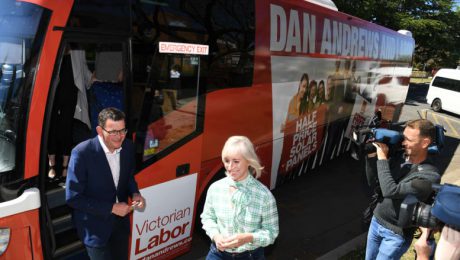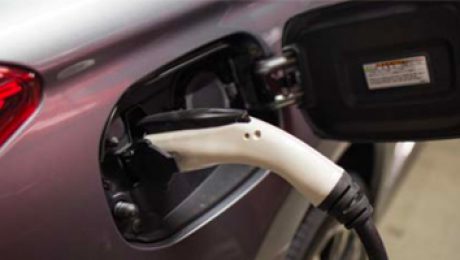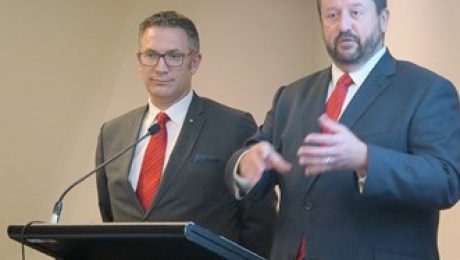SUEZ State General Manager WA Craig Barker said the EV truck is the first-of-its-kind for the company in Western Australia and will be a showcase for the future of waste collection.
“SUEZ is always looking for new ways to deliver services to customers,” Mr Barker said.
“This new generation of waste collection vehicle is only now becoming available here, and we are keen to test this proven technology for our Belmont customers ahead of wider demand from our other council customers.”
The EV truck features an Iveco cab chassis fitted with an electric powered drive train fitted by SEA Electric in a SuperiorPak body. The 230k kilowatt battery provides more than 200 kilometre driving range before recharge, which only requires a simple 32-amp, three-phase outlet.
The side-loader EV truck will save approximately 35,000 litres of diesel per year, avoiding around 90 tonnes of carbon emissions annually. It is also whisper quiet – an additional and welcome benefit for the City’s residents.
City of Belmont Chief Executive Officer John Christie said the city was excited to be the first in Western Australia to benefit from SUEZ’s new EV truck.
“Reducing carbon emissions is a key element of our City’s Environment and Sustainability Strategy, and innovation in waste management is an important part of this,” Mr Christie said.
“We are delighted that SUEZ’s new zero emissions truck will lead our recycling collections and look forward to seeing it out servicing the community while minimising our environmental impact.
”The new EV truck will be collecting recycling from around the City of Belmont.”
In addition to generating zero emissions, the EV truck offers a huge range of benefits including no diesel or AdBlue fuel costs, minimal oil changes and significantly reduced maintenance.
“Improved braking also means brake pads only need to be replaced every two years, compared to quarterly changes in traditional diesel-powered side-lift trucks,” Mr Barker said.
The side-lift EV truck offers the latest in electric/hydraulic waste collection and compaction and is capable of approximately 1200 lifts per day on a single charge. The acquisition is closely aligned with SUEZ’s commitment to sustainability leadership and to contributing to achieving the United Nations’ Sustainable Development Goals.
SUEZ was awarded the collections contract for the City of Belmont in November 2018 and will have its new diesel fleet on the road from March 2019. The EV truck is expected to commence service in Belmont from June 2019. READ MORE http://wastemanagementreview.com.au/city-of-belmont-trials-fully-electric-vehicle-recycling-truck/




